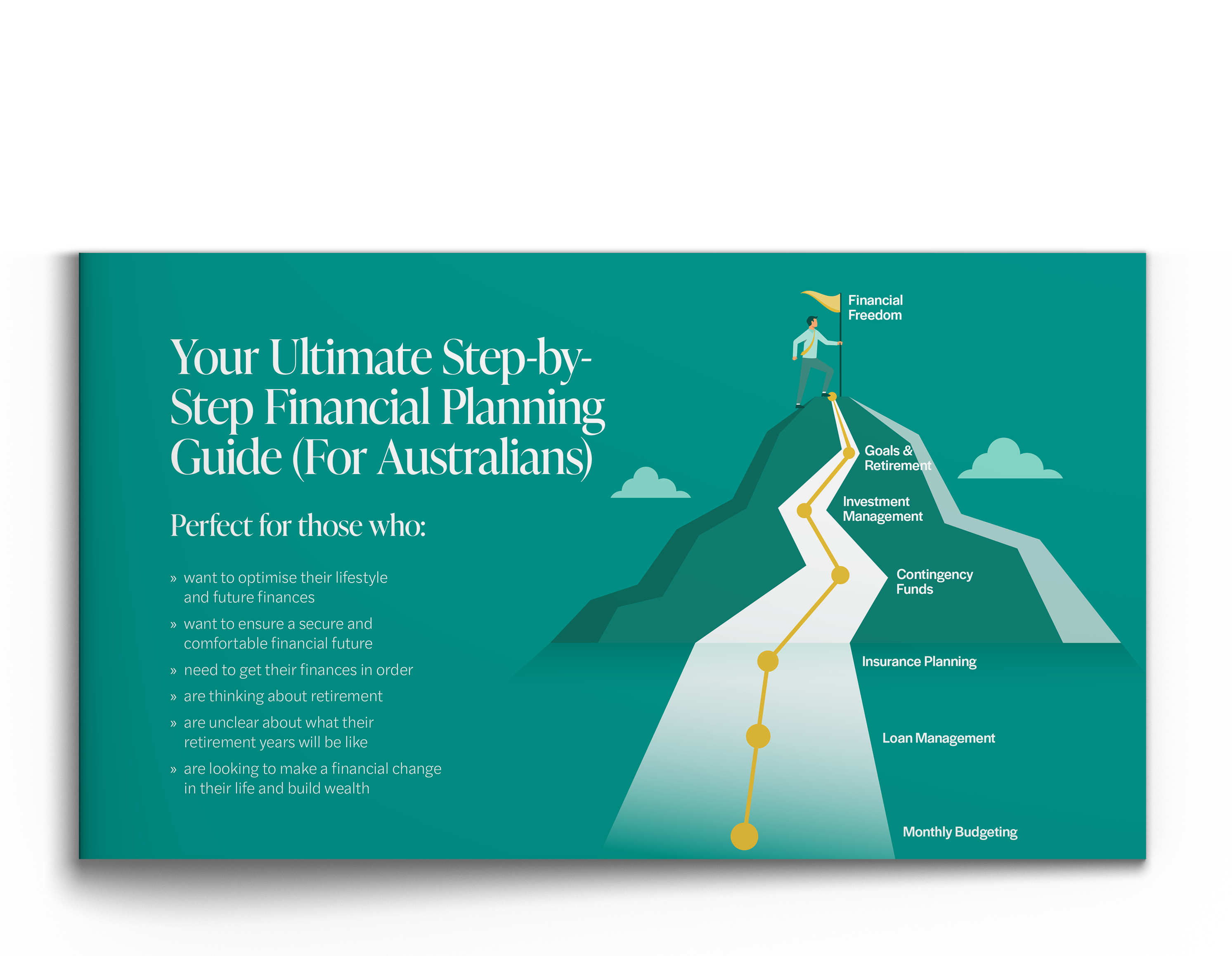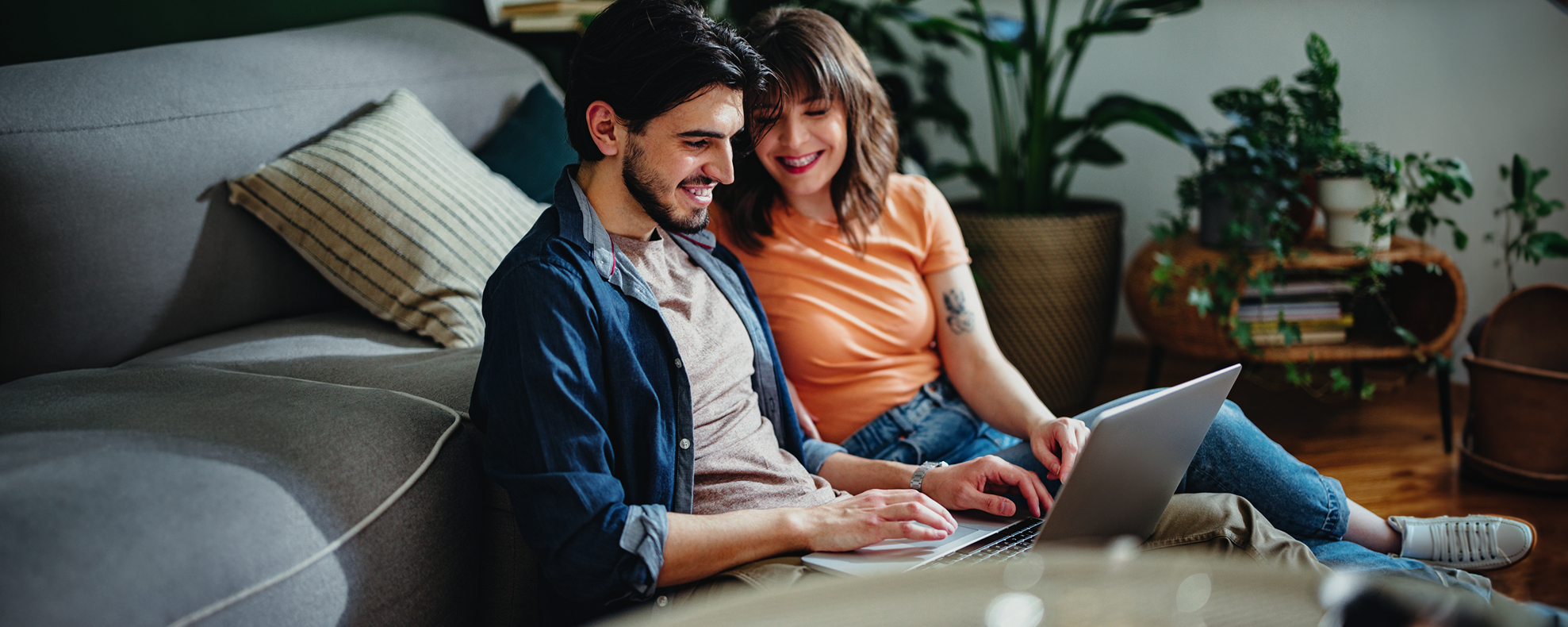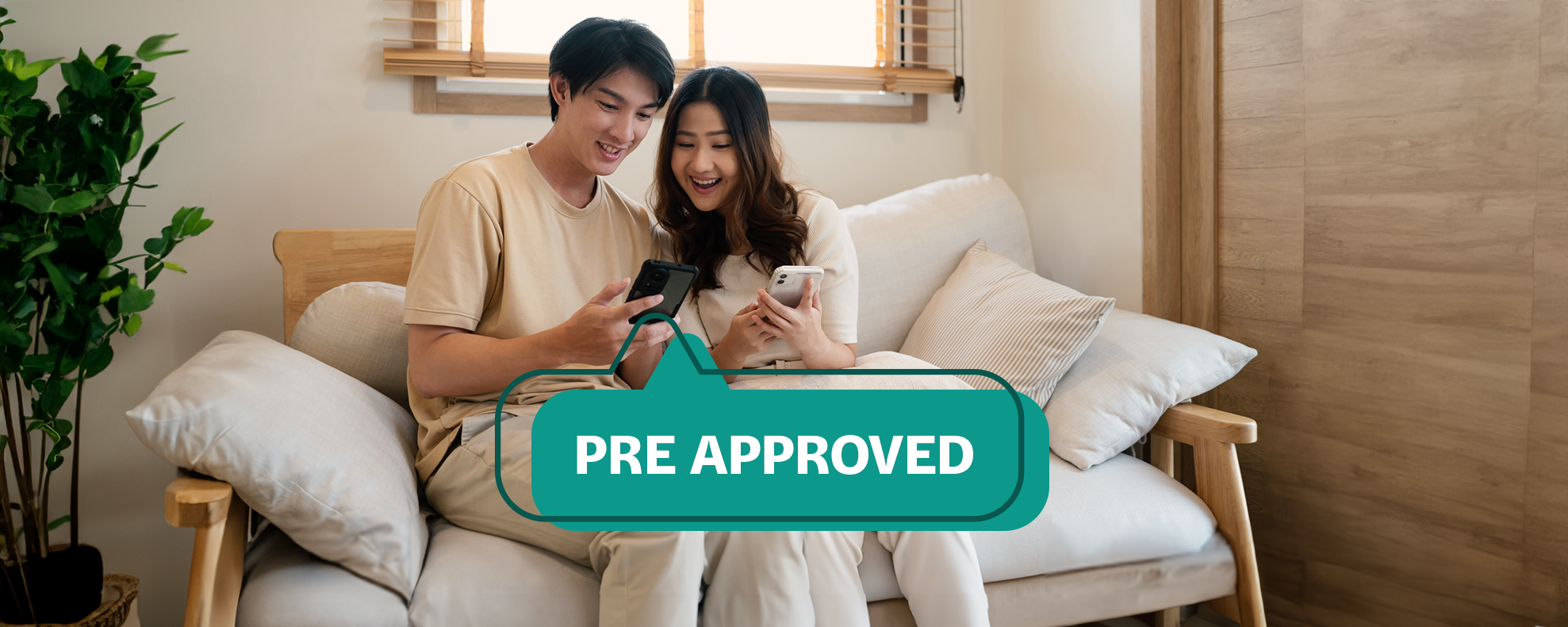Here's what you need to know, whether you're buying your very first place or upgrading to your next home.
For most home buyers, saving the deposit is the biggest challenge and can feel out of reach, but it doesn’t always have to be as daunting as you think. Here’s what you need to know, whether you’re buying your very first place or upgrading to your next home.
First Home Buyers: The 5% Deposit Option
If you’ve never owned property before or haven’t owned part of a property in the last 10 years, you might be eligible for the First Home Guarantee. This government initiative lets you buy your first home with just a 5% deposit, without paying Lenders Mortgage Insurance.
To qualify, you’ll need to:
Be an Australian citizen or permanent resident
- Meet the income cap – $125,000 for individuals or $200,000 combined for couples (based on your latest ATO Notice of Assessment)
- Have at least 5% of the property value saved
- Be buying or building a home to live in (no investment properties)
- Be at least 18 years old
You will also need to meet the property price caps for your area, you can find out what they are here.
Not a First Home Buyer?
If you don’t meet the First Home Guarantee criteria, most lenders will want to see a 20% deposit to avoid Lenders Mortgage Insurance. However, there are other costs that you’ll also need to budget for, including:
- Legal fees – usually $800-$1,500
- Government fees – around $500
- Stamp duty – varies by state/territory
- Extras – at least $2,000 for things like building/pest inspections and council rate adjustments
Lenders Mortgage Insurance Explained (and Why It’s Not Always Bad)
Lenders Mortgage Insurance is a one-off fee that protects the lender if you can’t repay your loan. It kicks in if your deposit is under 20%.
While paying Lenders Mortgage Insurance isn’t ideal, it’s not always a dealbreaker. In fact, some lenders will let you add it to your loan (called “capitalising”), so you don’t have to pay it upfront. Be mindful that this means you are now paying interest on the amount. Whilst it isn’t always preferred, this could see you get into your home sooner and allow you to stop paying rent (which is just someone else’s mortgage). Most lenders will only allow you to capitalise up to a maximum of 95% (inclusive of LMI) so you may need closer to a 10% deposit to explore this, plus have the funds for stamp duty and legal fees.
Other Ways to Bridge the Gap
If your deposit isn’t quite there yet, don’t panic as you might still have options. For example, having a guarantor (usually a family member) can help you secure a loan without needing a huge deposit. Click here to find out more about guarantors and how that process works.
You could also explore Term Savings Deposits or low risk investing to help you get to your deposit amount.
If you’d like expert guidance on getting your deposit together and navigating your options, get in touch with us today. Call 1300 815 921 or click here to arrange a no-obligation meeting




